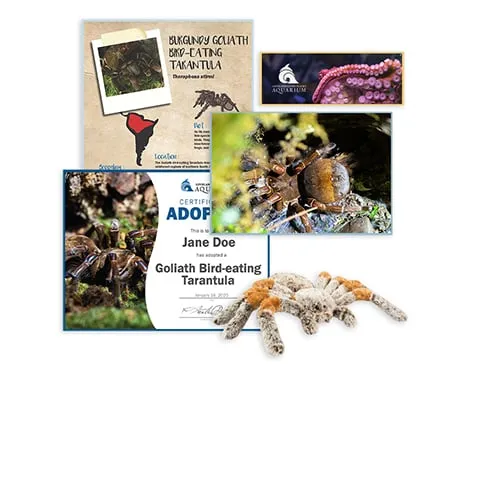Goliath Bird Eating Tarantula Habitat Understanding
The Goliath Bird Eating Tarantula, scientifically known as Theraphosa blondi, is one of the largest spiders in the world, captivating both scientists and enthusiasts alike. Understanding its habitat is crucial to appreciating this magnificent creature and its survival. The habitat provides essential resources for survival, including food, shelter, and suitable environmental conditions. The complex interplay of these factors determines where this giant spider can thrive. This article will explore the key aspects of the Goliath Bird Eating Tarantula’s habitat, providing insights into its natural environment and the threats it faces.
Where Goliath Bird Eating Tarantulas Live
The Goliath Bird Eating Tarantula calls the rainforests of northern South America its home. This vast region spans several countries, including Brazil, Venezuela, Guyana, Suriname, and French Guiana. These areas are characterized by high humidity, warm temperatures, and dense vegetation, creating an ideal environment for these arachnids. The specific locations within these countries where the tarantula is found often have certain microclimates that support its survival. They generally prefer areas with undisturbed forest floors, where they can create their burrows and hunt for prey. The presence of these spiders indicates a healthy ecosystem and intact natural habitats, highlighting the importance of conservation efforts.
Primary Habitat of the Goliath Bird Eating Tarantula
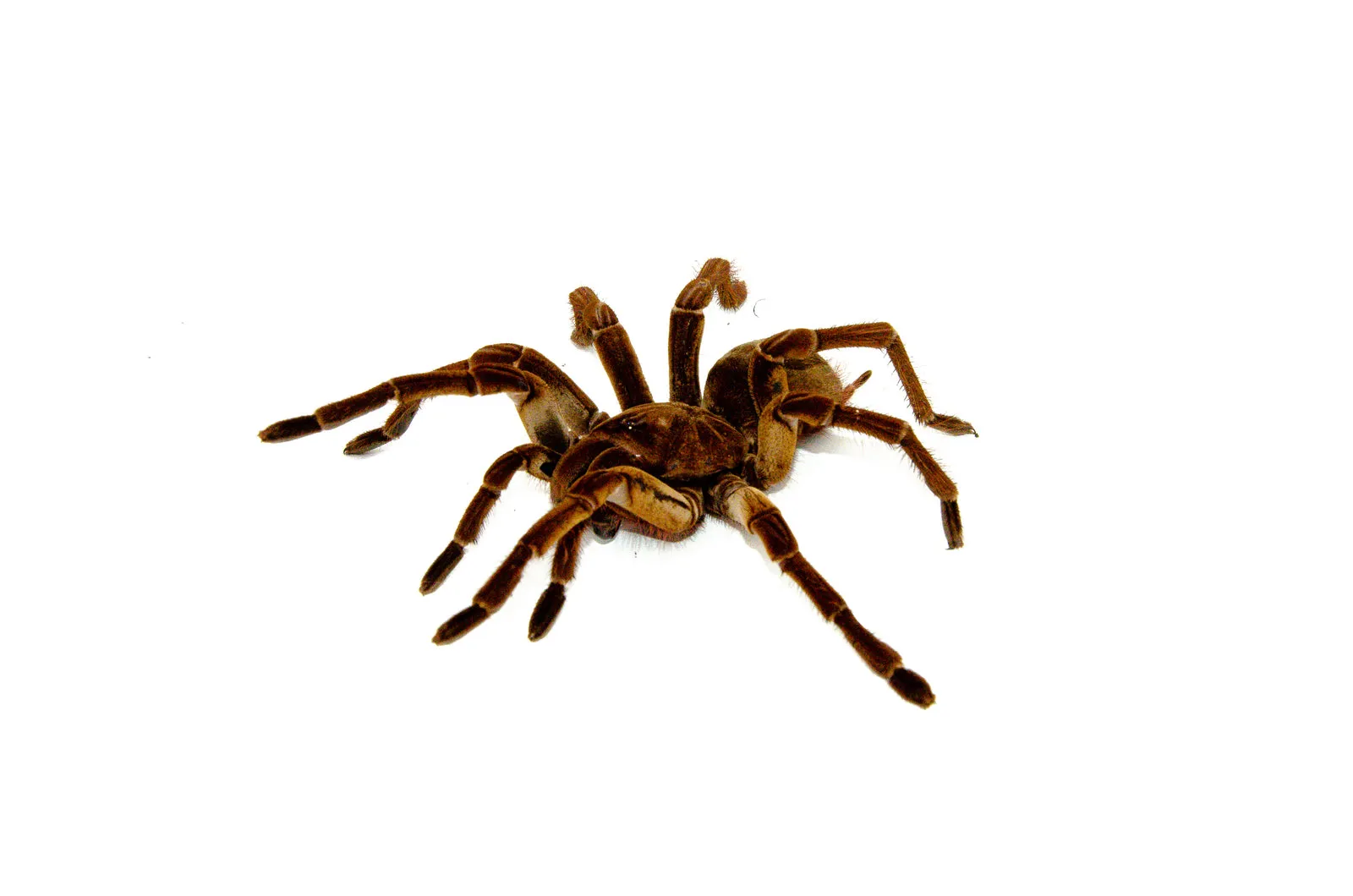
The primary habitat of the Goliath Bird Eating Tarantula is the humid, tropical rainforest. Specifically, they are often found in the dense undergrowth and among the buttress roots of large trees. This area provides excellent cover from predators and a stable environment. The forest floor is rich in leaf litter and organic matter, which supports a diverse range of insects and other small animals that serve as food for the tarantula. The high humidity levels are also essential for maintaining the spider’s hydration and overall health. These spiders are not typically found in open areas or regions with significant seasonal changes, highlighting their need for a stable and consistent environment. The undisturbed nature of the rainforest provides all of the elements that these creatures need.
The Role of the Amazon Rainforest
The Amazon rainforest plays a pivotal role in the Goliath Bird Eating Tarantula’s life. This vast expanse provides the ideal combination of climate, vegetation, and prey. The dense canopy of the Amazon rainforest helps to regulate temperature and humidity, creating a microclimate that supports the tarantula’s survival. The rich biodiversity of the rainforest ensures a constant supply of food, including insects, small reptiles, and amphibians. The forest floor provides the necessary substrate for burrowing and shelter. The Amazon rainforest’s health is directly tied to the tarantula’s well-being. Protecting this essential ecosystem is paramount for the survival of the Goliath Bird Eating Tarantula and countless other species that call it home.
Habitat Characteristics of the Goliath Bird Eating Tarantula
The Goliath Bird Eating Tarantula’s habitat is characterized by several key features. The first is consistent temperature and humidity. These spiders thrive in warm, humid environments, which are necessary for their physiological processes. The second is the presence of a suitable substrate, such as loose soil, leaf litter, and decaying wood, that is ideal for burrowing. The burrow provides shelter from predators and a stable environment. Abundant prey availability, including insects, small vertebrates, and other invertebrates, is another critical aspect of the habitat. Finally, the presence of dense vegetation provides cover and concealment, helping the tarantula to ambush prey and avoid predators. These features combine to create a complex and balanced ecosystem where the Goliath Bird Eating Tarantula can flourish.
Temperature and Humidity
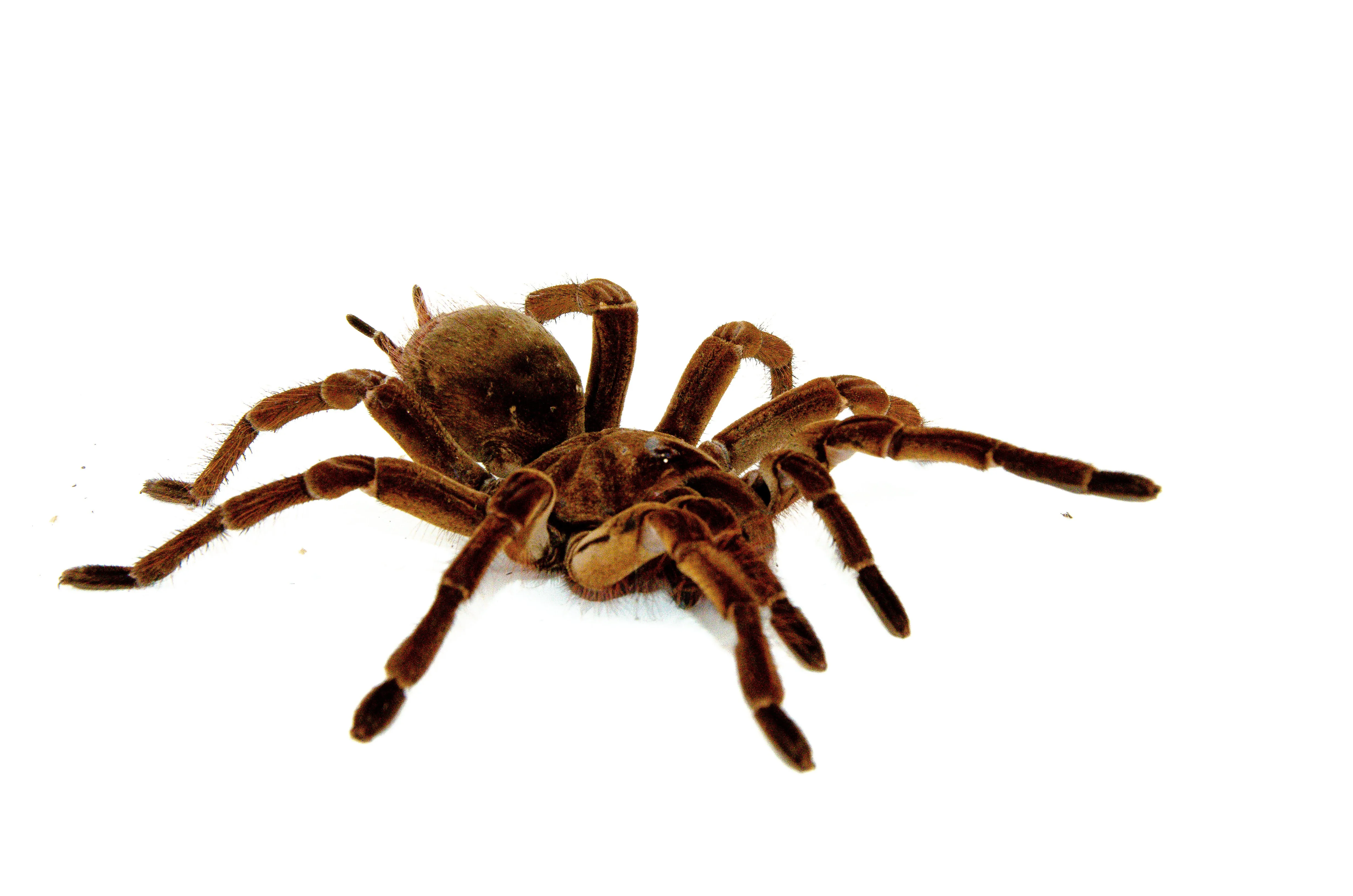
Temperature and humidity are critical factors in the Goliath Bird Eating Tarantula’s habitat. These spiders prefer temperatures between 75°F and 85°F (24°C and 29°C) and high humidity levels, typically around 75% to 85%. The high humidity helps to prevent dehydration and supports the spider’s molting process. Consistent temperatures are also essential, as sudden fluctuations can be detrimental. The rainforest environment naturally provides these conditions, with the dense canopy helping to regulate temperature and the high rainfall contributing to the humidity. In captivity, these conditions must be carefully maintained to ensure the spider’s health and well-being. Without these environmental factors, these spiders can die.
Substrate and Enclosure
The substrate and enclosure play vital roles in the Goliath Bird Eating Tarantula’s habitat. In the wild, these spiders burrow in the soil, creating a safe haven. The substrate should mimic this natural environment, providing a suitable medium for burrowing and maintaining humidity. A mix of coco coir, peat moss, and vermiculite is often used in captivity. The enclosure should also be large enough to allow the spider to move around and establish a burrow. Ventilation is essential, but it should not be excessive to maintain the humidity levels. The substrate also helps to regulate temperature and provide a comfortable environment. The right enclosure and substrate are, therefore, key to the spider’s welfare.
Goliath Bird Eating Tarantula Lifestyle
The Goliath Bird Eating Tarantula is primarily a nocturnal creature, most active during the night when it hunts for food. During the day, it typically remains in its burrow or under the cover of vegetation. These spiders are ambush predators, waiting patiently for prey to come within striking distance. They use their sensitive hairs (setae) to detect vibrations, which helps them to locate potential meals. The tarantula’s life cycle includes molting, where it sheds its exoskeleton to grow, making it vulnerable during this time. This unique lifestyle shows how well adapted these spiders are to their rainforest habitat.
Burrowing Behavior
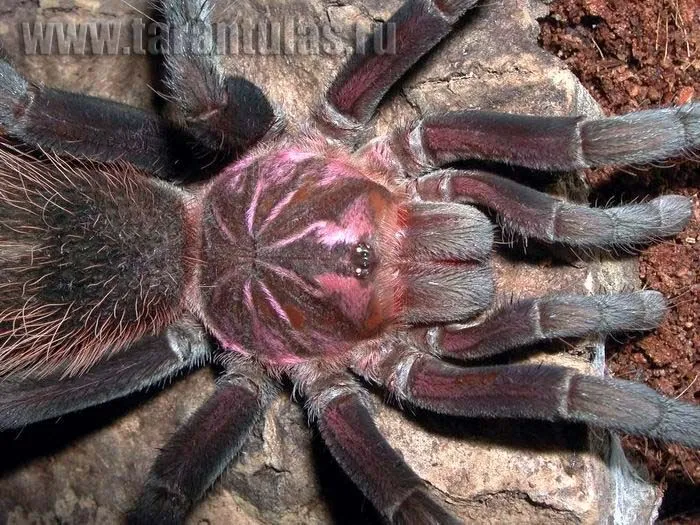
Burrowing is a fundamental aspect of the Goliath Bird Eating Tarantula’s behavior. These spiders create burrows in the soil, which serve as their home, shelter, and a place to ambush prey. The burrows can be quite extensive, providing protection from predators and maintaining a stable microclimate. They line their burrows with silk, which helps to stabilize the walls and provides a comfortable environment. The depth and structure of the burrow can vary depending on the type of substrate and the spider’s size. Burrows are essential for the tarantula’s survival, offering both security and a favorable environment for hunting and molting. This complex behavior is also a fascinating part of understanding how they live.
Diet and Feeding Habits
The Goliath Bird Eating Tarantula is an opportunistic predator with a varied diet. It primarily consumes insects, but it will also feed on small vertebrates, such as lizards, frogs, and even small birds (hence its name). The spider hunts by ambushing its prey, injecting venom to paralyze it before consuming it. Feeding frequency depends on the spider’s age and size. Juvenile tarantulas eat more frequently than adults. In captivity, they are often fed crickets, cockroaches, and other insects. Proper nutrition is critical for maintaining the spider’s health and ensuring its proper growth and development. They also have strong mouthparts for tearing and grinding their prey.
Threats to Goliath Bird Eating Tarantula Habitat
The Goliath Bird Eating Tarantula faces several threats to its habitat. Deforestation, habitat loss, and climate change pose significant dangers to their survival. Understanding these threats is crucial for implementing effective conservation strategies. These threats disrupt the delicate balance of their environment, impacting the tarantula and the ecosystem as a whole.
Deforestation and Habitat Loss
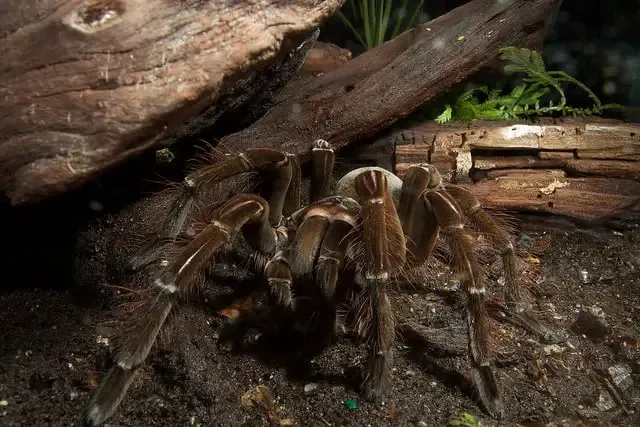
Deforestation and habitat loss are among the most significant threats to the Goliath Bird Eating Tarantula’s habitat. The destruction of forests for agriculture, logging, and urbanization reduces the available space for the tarantulas to live. This loss not only removes their shelter but also disrupts the food chain and microclimate they depend on. The fragmentation of habitats isolates populations, making it harder for them to find mates and maintain genetic diversity. Addressing deforestation and habitat loss is vital to protecting these magnificent spiders and the ecosystems they live in.
Climate Change Impact
Climate change also poses a significant threat to the Goliath Bird Eating Tarantula’s habitat. Rising temperatures and altered rainfall patterns can disrupt the delicate balance of the rainforest ecosystem. Extreme weather events, such as droughts and floods, can destroy burrows and reduce prey availability. Changes in humidity levels can also affect the spider’s health and survival. Climate change can make it difficult for the spiders to thrive, impacting their reproduction and overall population size. Mitigation and adaptation strategies are essential to lessen the impact of climate change on the tarantula and its habitat.
Conservation Efforts
Protecting the Goliath Bird Eating Tarantula requires concerted conservation efforts. These efforts involve habitat preservation, sustainable practices, and community engagement. By working together, we can ensure the long-term survival of these unique creatures. Conservation efforts also include both in-situ and ex-situ strategies to help protect these animals and their habitat.
Protecting the Goliath Bird Eating Tarantula
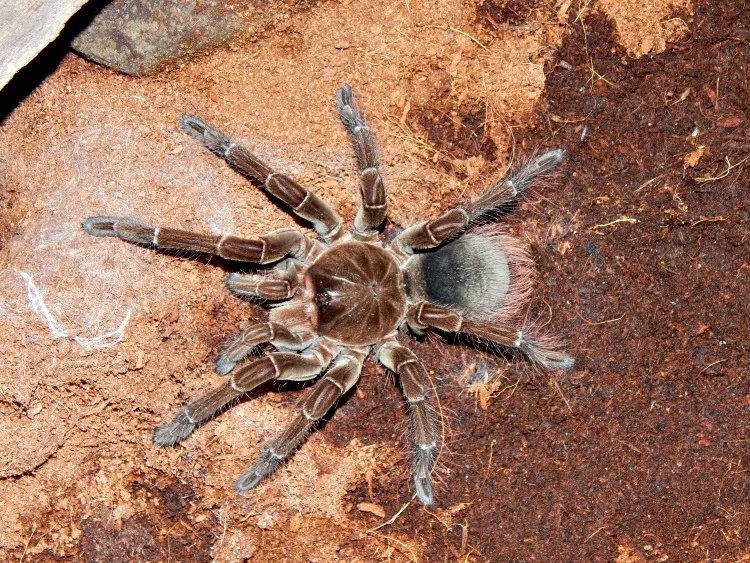
Protecting the Goliath Bird Eating Tarantula requires a multifaceted approach. Habitat preservation, through the establishment of protected areas and the enforcement of anti-deforestation laws, is paramount. Supporting sustainable practices, such as responsible logging and agriculture, can help to minimize habitat destruction. Raising public awareness about the importance of the species and its habitat is also essential. Educating communities about the value of conservation and involving them in protection efforts can lead to sustainable outcomes. Through these collaborative efforts, we can work towards safeguarding these amazing spiders.
